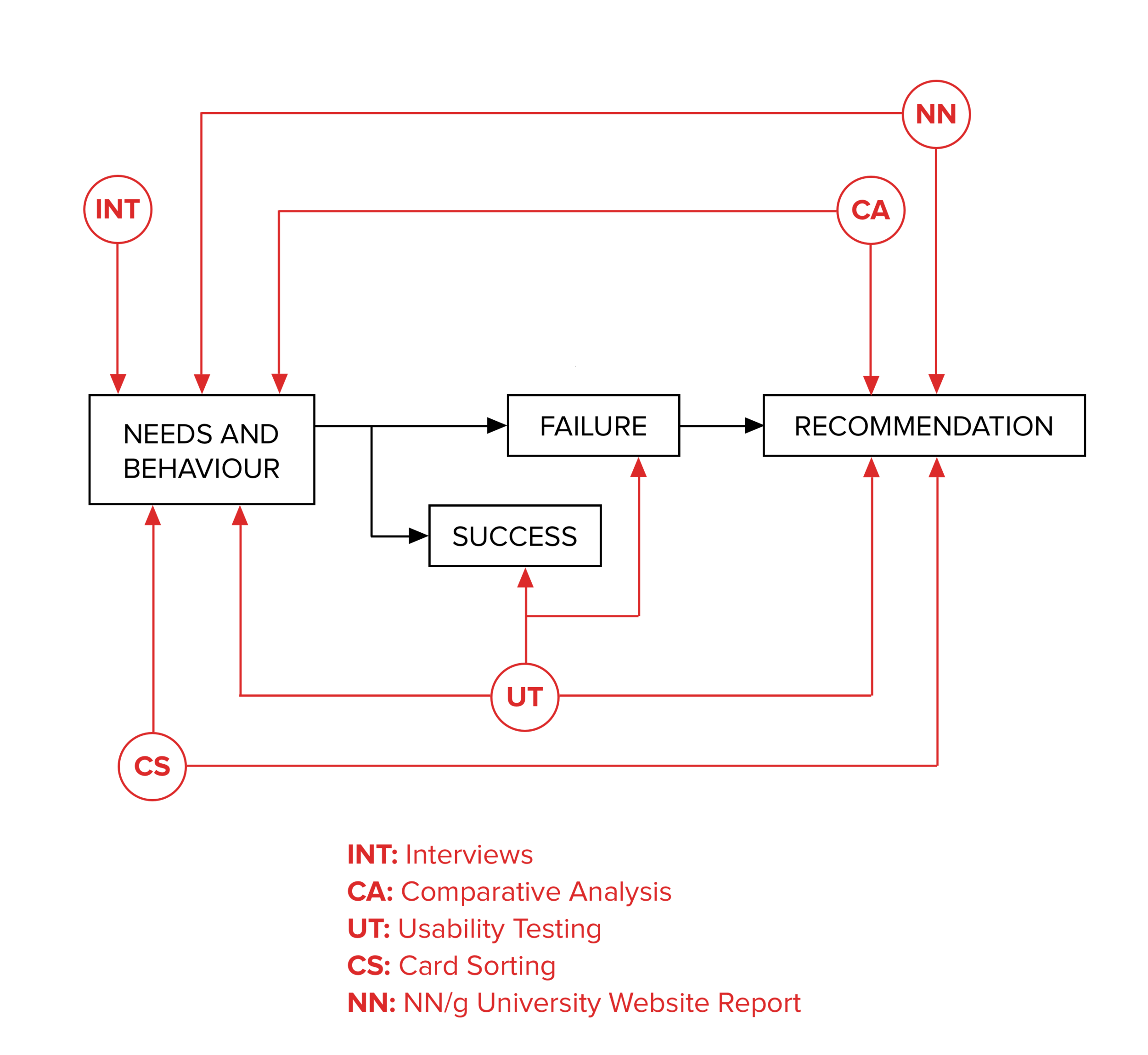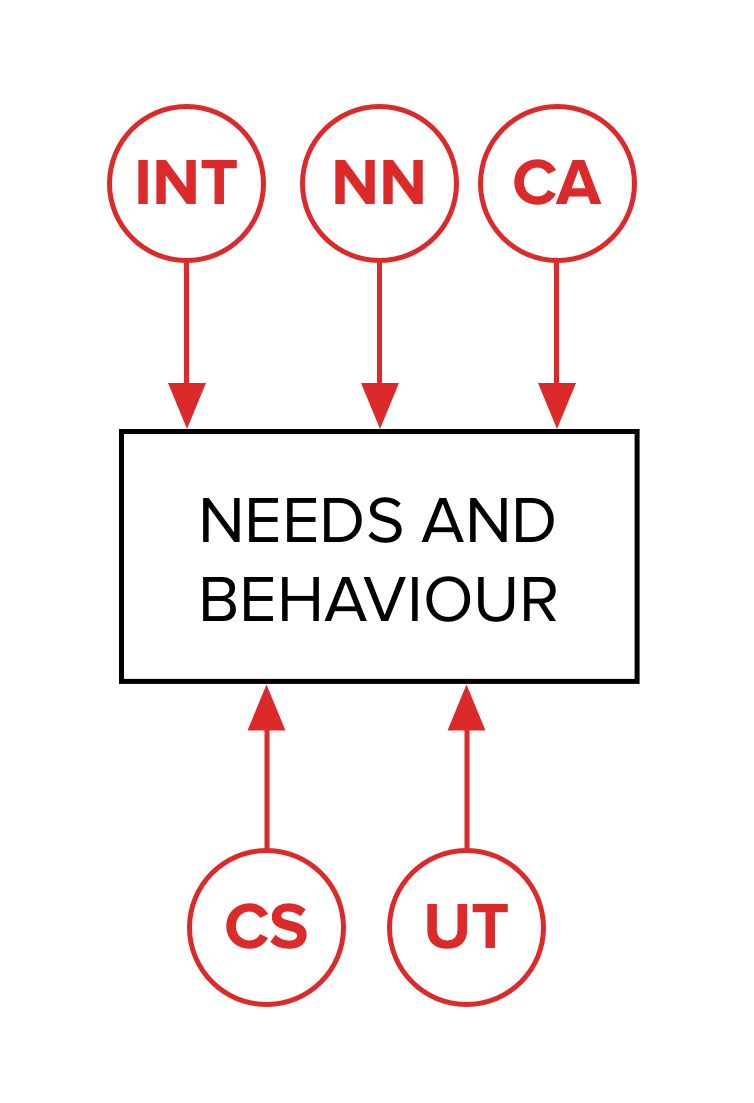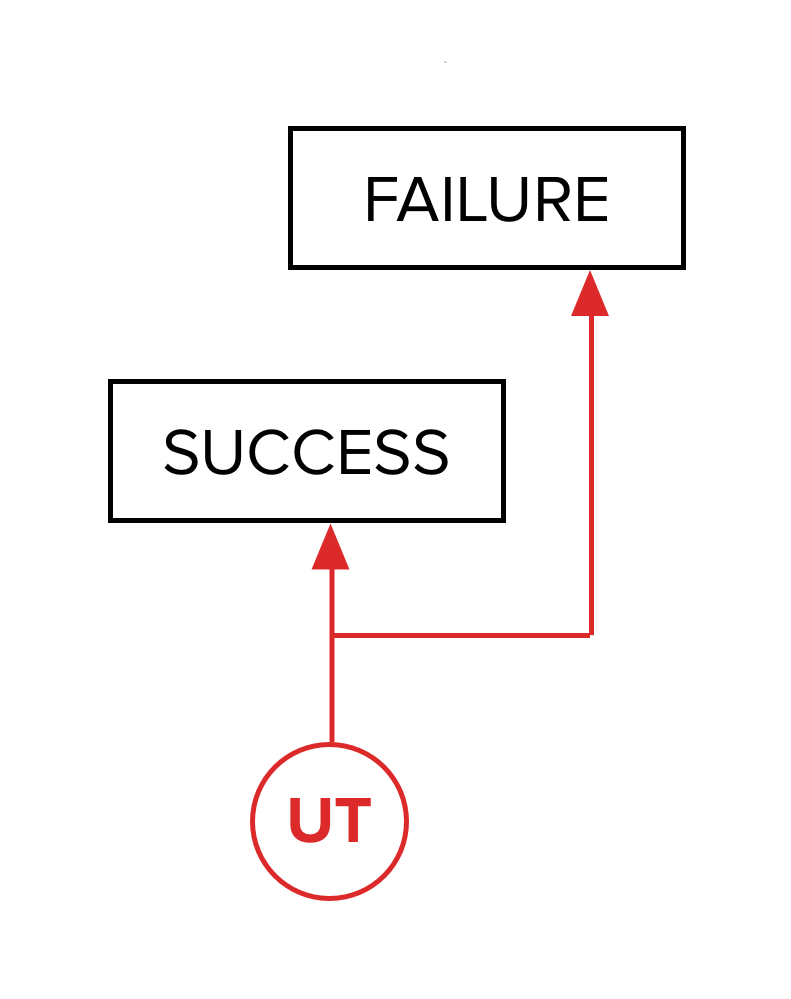School of Natural Resources and Environment
Phase 1 - Prospective Students
User Research Usability Evaluation Information architecture
Methods and Tools
Interviews, Usability Testing, Heuristic Evaluation, Card Sorting, Navigation Design, Interface Design
Type
Internship
Duration
1 year
Client
The School of Natural Resources and Environment at the University of Michigan was established in 1927. It is a prestigious institution that support and facilitates efforts to protect our planet and its resources, and works towards the goal of achieving a sustainable society.
Project Objectives
Initially, the objective was to enhance the experiences of Prospective Students who visit the school website by:
- Improving the information architecture and navigation of the website
As my engagement was extended from a summer internship to a part-time job, additional sub-objectives were added, which grew to be indispensable to the success of the project.
- Improving the usability of the website's interface
- Improving the content on the website
Constraints
Recruitment challenges
The ideal participants for my research studies were prospective students for the graduate programs at SNRE. These included undergraduate students and working professionals from around the world. The diverse nature of this target audience meant I had to get a little creative with my recruitment efforts. Some of the approaches that worked were:
Asking the school's Admissions Department to mail the prospective students who had contacted them for clarifications.
Reaching out to some undergraduate scholars interning at the school for the summer.
Staying on top of Prospective Student Visit days and approaching prospective students there.
Content-related Challenges
Since the team was so small, and comprised of several non-permanent members, there were many types of content that would have been beneficial to the students, but we simply didn’t have the resources to maintain them and keep them updated. Therefore, I needed to prioritise recommendations for the content that were actually achievable for the current and future states of the team.
Development challenges
The only developer on our team was the web-master of the school, who also doubled as the web designer, print designer and photographer. Therefore, extensive changes to the website which required a lot of custom code (we were using Drupal as our CMS) were only made if they really were indispensable. This led to me prioritising quicker solutions that struck a balance between the value they provided and the time taken to implement them.
Departmental conflicts
The stakeholders involved spanned several school departments such as the Communications, Alumni, Financial Aid, Admissions, Faculty and of course, the students themselves. My job was to advocate for the best experience for the students, but naturally this sometimes conflicted with the interests of other departments. With the help of the communications director, we strove to arrive at compromises that would ultimately benefit the students
Process
The research studies comprised of several methods and activities. This diagram reveals the points in the process where each method or activity helped the most.
How research methods contribute to improving the user experience.
While the links between methods (in red), and the stages (in black) they contributed to are not exhaustive, they manage to represent the most important relationships.
Users’ needs and behaviour were primarily identified and uncovered through:
- Interviews
- Usability Testing
- Card Sorting
- Comparative Analysis
- NN/g University Website Report
The current website was evaluated against those needs and behaviours to identify where it succeeded and where it failed. This was done primarily through:
- Usability Testing
After identifying points of failure, the recommendations I came up with to address them were influenced by many sources. For some issues, such as the more superficial interface-related issues, the fixes were simple, and conceived on the fly while observing test recordings by leveraging my prior experience with interface design.
However, for the more complex issues, my recommendations were based on:
comparative analyses of other websites (usually graduate school or university websites)
discussions with my colleagues and mentor (their superior knowledge of the school was very useful).
All the stages of the process were influenced in part by the insights detailed in the University Websites Report. I confirmed that their findings were valid for the SNRE’s context using my own research, and, in the opposite order, I also I cross-verified the results of my own research using their findings as a reference. The University Websites Report helped me identify needs, evaluate the current website, and inform recommendations for issues.





